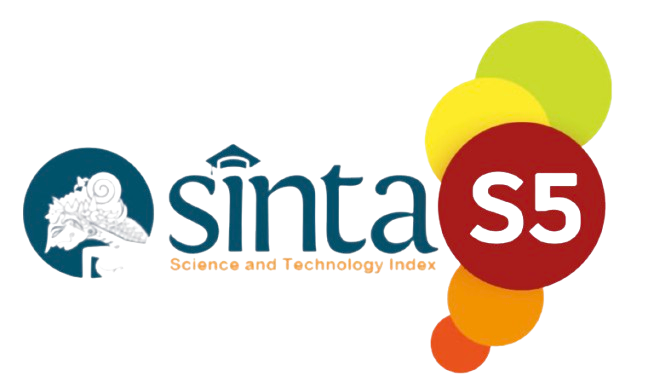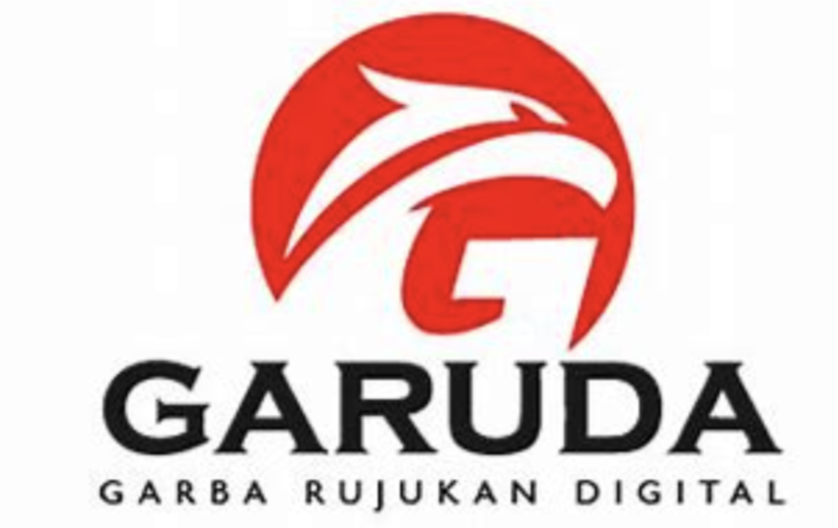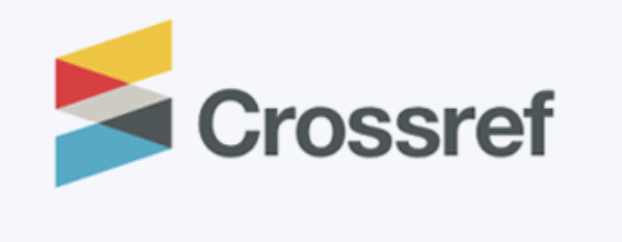Author Guidelines
Article will be published on IJLHE: International Journal of Language, Humanities, and Education should fulfill the criteria as follows.
- Article has never published on electronics media and/or other printing media and also not a plagiarism product.
- Article is a research results, conceptual idea, or study the application of language, humanities, and education.
- Article is written in bahasa Indonesia which guidelines to the standard language, include the orthographic or also can written in English.
- Article is typed on A4 paper, font Cambria 12, 1,15 space. Top, left, and rightmargin is 3; 3,5; 3,5; while bottom margin is 3 cm.
- The length may range 12—15 pages with the certainty that number of table, graphic, chart, etc not more than 25 % of total pages.
- The systematic of article writing are title, author (without academic title), name of institute,abstract and keywords, introduction (without sub chapter), theory and method, discussion ( allow present on sub chapter), conclusion, and bibliography.
- The article’s title has to brief, clear, and reflect the core problem. The title is typed capitalized and printed bold.
- Chapter or sub chapter is printed bold and given the number that can draw the plot of discussion. The first letter is typed capitalized, except particle that not on the heading of subtitle.
- Abstract is composed in English. Abstract contains problems, theory and method, discussion, and conclusion. The length of abstract range 100—200 words and single space.
- The introduction contains explanation about the reason choose the topic, problems, aims and benefits, references, also the theory framework or theory approach.
- The methods contains description about research technique, concept, and analysis technique based on used theory.
- The number of references is definited by ratio between primary source degree and up to date references that published 10 years latest.
- The number of citation is appropriated with the content of article. All of sources that cite on the text must write completely on the bibliography.
- The systematic of citation includes the page numbers. For example:
- Teeuw (1988, p.25) state that ....
- Declared by Teeuw (Pradopo, 1995, p.16) that ....
- ... consists of five types (Wijana, 1989, p.96).
- The writing of references using format APA 6th/7th version
- The statement of authenticity article letter and author’s biographical data are written separately (PDF format). The editorials have right to refuse the article if not appropriate with the criteria.
- The editorials reserve a right to edit each published article and change the form for the reason to standardizing of article and journal artistic, but not change the content or main idea.
- For the more information about the process of writing on IJLHE: International Journal of Language, Humanities, and Education, please download the template write the article.
________________________________________________________________________________________________________________________
In more depth, the following is a guide in writing articles on IJLHE: International Journal of Language, Humanities, and Education
- GENERAL INFORMATION
Articles are based on research on language, humanities and education. Articles have not been previously published and are not being considered for publication by other journals. On the whole, the body of the article should be between 5,000 to a maximum of 8,000 words including the references. The article is written in English using Microsoft Word in 1.15 line spacing, 12pt Cambria font, and one column, margin (Top, 3; Left: 3,5; Right: 3,5; and Bottom: 3). The body of the article consists of several sections. The length proportions are ±20% for the introduction (including the title and abstract), a maximum of 10% for the research method, a minimum of 60% for the results and discussion, and ±10% for the conclusions and references. Furthermore, this template can be used as a reference in the preparation of articles and can be copied and pasted by removing unnecessary text.
- BODY OF THE ARTICLE
The Article Title is Concise and Reflects The Content
(Left, Bold, 14pt Cambria Font, Maximum of 13 Words)
Author’s name without title (Font 12 pt, bold)
Institution/Affiliation
E-mail address
Abstract: The abstract should reflect the whole content of the article and help the readers to find out its relevance to their interest and to decide whether they need to read the entire article. The abstract consists of the research background, focus, objectives, steps, and results and conclusions. The abstract is written in English languages in one paragraph, in 1 line spacing, and between 150 to a maximum of 200 words, font 11 pt.
Keywords
Keywords are important terms in the article, help the readers to find the article, and are written in bold and italics. List 3-5 keywords after the abstract. Keywords are written right below the abstract.
Keyword: Keywords are written right below the abstract, separated by a comma (,)
INTRODUCTION
The introduction presents the research background, gaps between the ideal and actual conditions, support from current theories and studies relevant to the problem, and novelty in the form of innovation. This section is written in a maximum of 20% (including the title and abstract) of the body of the article.
METHOD
This section should be concisely but clearly and adequately written. It describes the research method operationally, including the procedure or steps, tools, materials, and instruments. If necessary, attach appendices for the instrument specification and part of the materials. Specific points, if any, can be described. This section is written in a maximum of 10% of the body of the article.
RESULTS AND DISCUSSION
To facilitate reading and understanding, the results are described first, followed by discussion. The subheadings of results and discussion are separated. This section should be the most, with a minimum of 60% of the body of the article.
Results
Results can be presented in tables of numbers, graphs, verbal descriptions, or a combination of the three. The tables, graphs, or pictures should not be too long, big, or many. The author should use a variety of presentations through tables, graphs, and verbal descriptions. The presented tables and graphs must be referred to in the text. The way to present a table is shown in Table 1. The table does not use vertical lines and horizontal lines are used only the upper and bottom parts. The font size in a table or picture can be smaller than that in the text.
Discussion
The discussion is intended to interpret the results in accordance with the theories applied and does not merely describe the results. It should be enriched by referring to the results of previous studies published in scientific journals. The discussion can be presented in sub-sections.
Sub-section 1 (bold and italics)
xxxxxxxxxx
Sub-section 2 (bold and italics)
yyyyyyyyyy
References in the body of the article use parentheses, i.e. (). A reference by one author is written (Wicaksono, 2021) and a reference by two authors (Fahrurrozi & Wicaksono, 2022). For a reference by three to five authors, in the first citation all the names are included, e.g. (Rafli, Lustyantie, & Wicaksono, 2018), and in the subsequent citation only the first author’s name is written, followed by et al., e.g. (Wicaksono et al., 2018). An author’s name in a reference can be written outside parentheses, e.g. Wayan Satria Jaya (2019), depending on the writing style. If the idea referred to is a direct quotation or fact on a particular page, the page should be included, e.g. (Nurgiyantoro & Efendi, 2017, p.144) or (Nurgiyantoro & Efendi, 2017, pp.144-146) for the idea on several pages.
For referencing, authors are suggested that they should not use direct quotations or too many direct quotations. A direct quotation of less than 40 words is included in (not separated from) a paragraph with quotation marks (“...”). A direct quotation of 40 or more words is written in a block (separated from a paragraph), indented by half an inch from the margin, and without quotation marks followed by the author’s name, year, and page in parentheses (author’s name, year: page).
If a statement is the essence from several references, all the names of the authors of the sources are alphabetically written and a semicolon (;) is used to separate one from another, e.g. (Nurgiyantoro & Efendi, 2017; Triyono, 2017; Widyastuti, 2018; Zamzani et al., 2017). For a translated reference, the name referred to is the name of the author of the original version and the years of the translated and original versions are included (See the example in References).
CONCLUSIONS
Conclusions are not just data repetition but present the essence of interpretation. They can be statements regarding expectations as stated in the introduction, finally leading to results and discussion, so that there is compatibility. In addition, the prospect of the development of the research findings and the research application in the future (based on the results and discussion) can be included.
ACKNOWLEDGMENTS (Conditional)
In this section the author expresses his or her thanks to sponsors, funding agencies, resource persons, and other parties playing important roles in the study.
REFERENCES
References are alphabetically written. All the resources referred to in the article must be listed in the references and vice versa.












